New sod, dead spots
calizzy
11 years ago
Related Stories
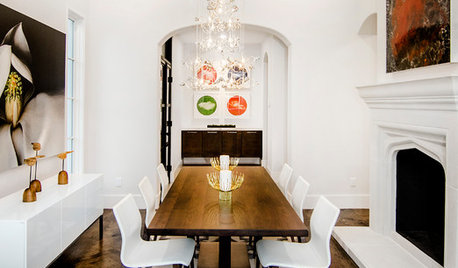
DINING ROOMSNew This Week: Proof the Formal Dining Room Isn’t Dead
Could graphic wallpaper, herringbone-patterned floors, wine cellars and fire features save formal dining rooms from extinction?
Full Story
DECORATING GUIDES12 Deadly Decorating Sins
Are your room designs suffering from a few old habits? It may be time to change your ways
Full Story
DECORATING GUIDESNo Guilt! 7 Deadly Sins in Décor
Make a room more interesting with a hint of gluttony, pride, sloth and the rest — no redemption required
Full Story
GARDENING GUIDESHow to Fix Bare and Yellow Lawn Spots
Restore your turf’s good looks by reseeding unsightly patches
Full Story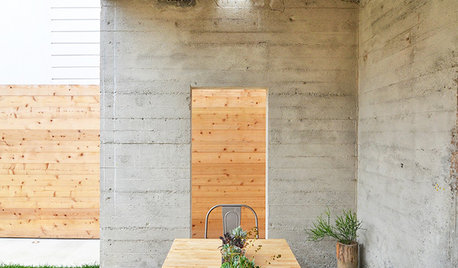
PATIOSAn Outdoor Dining Spot Creates Quiet Time in the Heart of San Francisco
See how this abandoned site became a big-city oasis with the help of a new lawn and a unique outdoor dining area
Full Story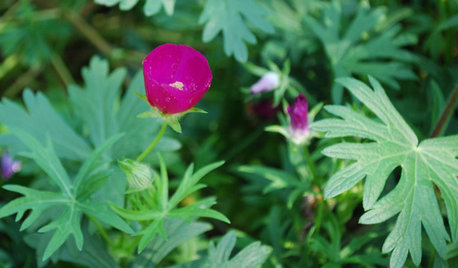
GARDENING GUIDESGreat Design Plant: Callirhoe Involucrata Wakes Up Hot Garden Spots
Give a dry and sunny garden a jolt of violet-pink color summer to fall — and watch bees and butterflies flock to the nectar
Full Story
DECORATING GUIDESSpotted: Venetian-Style Mirrors
Once the ultimate in opulence, these beautifully crafted mirrors add glamour to spaces today
Full Story
DINING ROOMS10 of the Coziest Spots for Eating Breakfast
These snug spaces seen on Houzz are great places to start the day
Full Story
HOUZZ TOURSMy Houzz: Color Hits the Spot in a White-on-White Scheme
Bright red furniture strikes a dramatic pose against snowy walls and floors in a Montreal loft
Full Story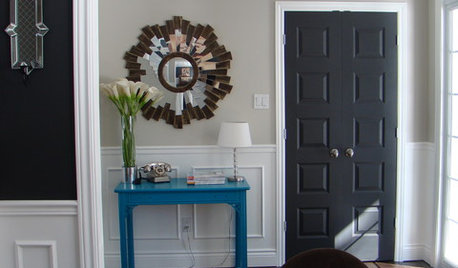
MOST POPULAR11 Reasons to Paint Your Interior Doors Black
Brush on some ebony paint and turn a dull doorway into a model of drop-dead sophistication
Full StoryMore Discussions






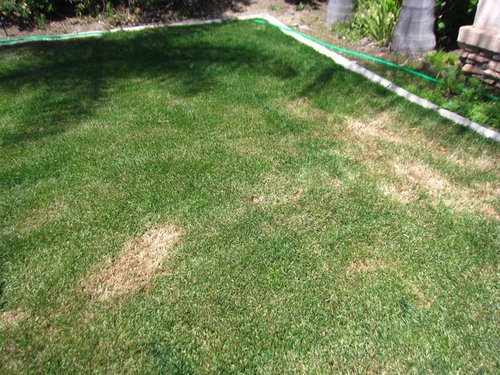

goren
dchall_san_antonio
Related Professionals
Summit Landscape Architects & Landscape Designers · Surprise Landscape Contractors · Bedford Heights Landscape Contractors · Dallas Landscape Contractors · Damascus Landscape Contractors · Deer Park Landscape Contractors · Lynchburg Landscape Contractors · Lyndhurst Landscape Contractors · Medford Landscape Contractors · Oklahoma City Landscape Contractors · Streamwood Landscape Contractors · West Palm Beach Landscape Contractors · Eastvale Swimming Pool Builders · Grandview Swimming Pool Builders · Spring Swimming Pool Builderstexas_weed